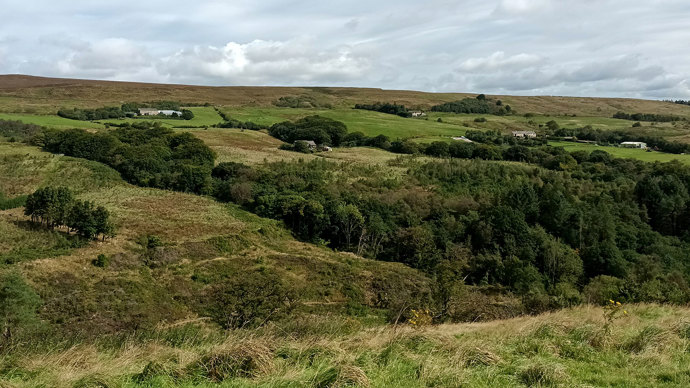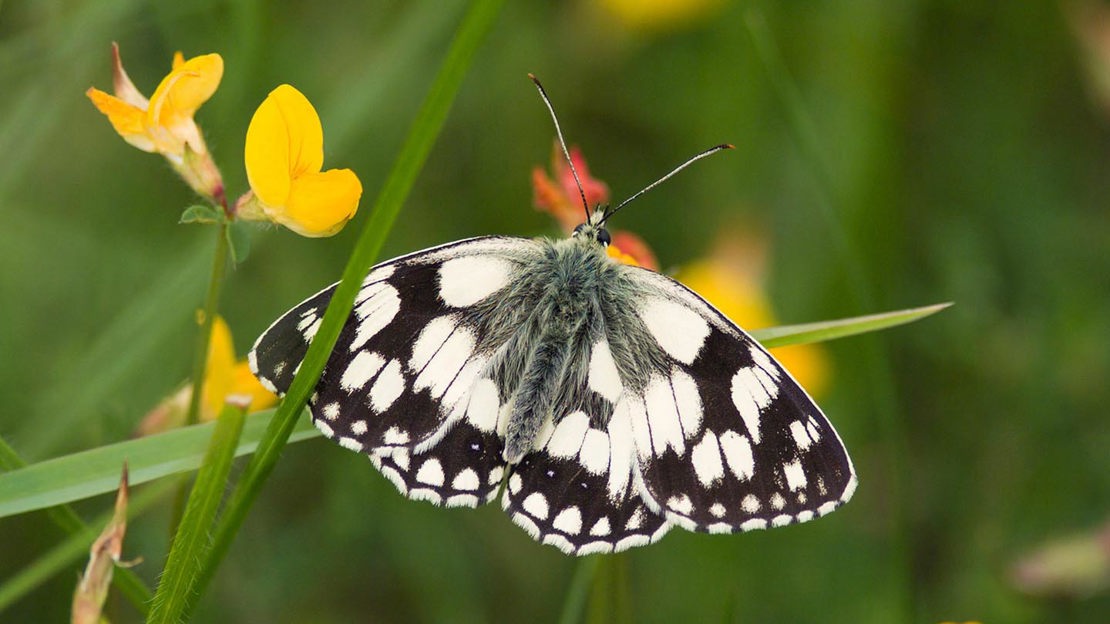
Credit: Sarah Wood / WTML
Smithills, Greater Manchester
Our largest site in England, Smithills is 685 hectares of incredible grassland, moor, ravines and bog. With help from our supporters, we bought it in 2017 and began planting 180,000 trees to enhance the existing mosaic of habitats. We’ve linked pockets of ancient woodland to form important corridors for wildlife to safely move through the landscape. Today, 21 species of butterfly such as green hairstreak and gatekeeper flit among the wild garlic and bluebells. Kingfisher, warbler and curlew can be heard calling and there are growing populations of lichens, lizards, newts and bats.










